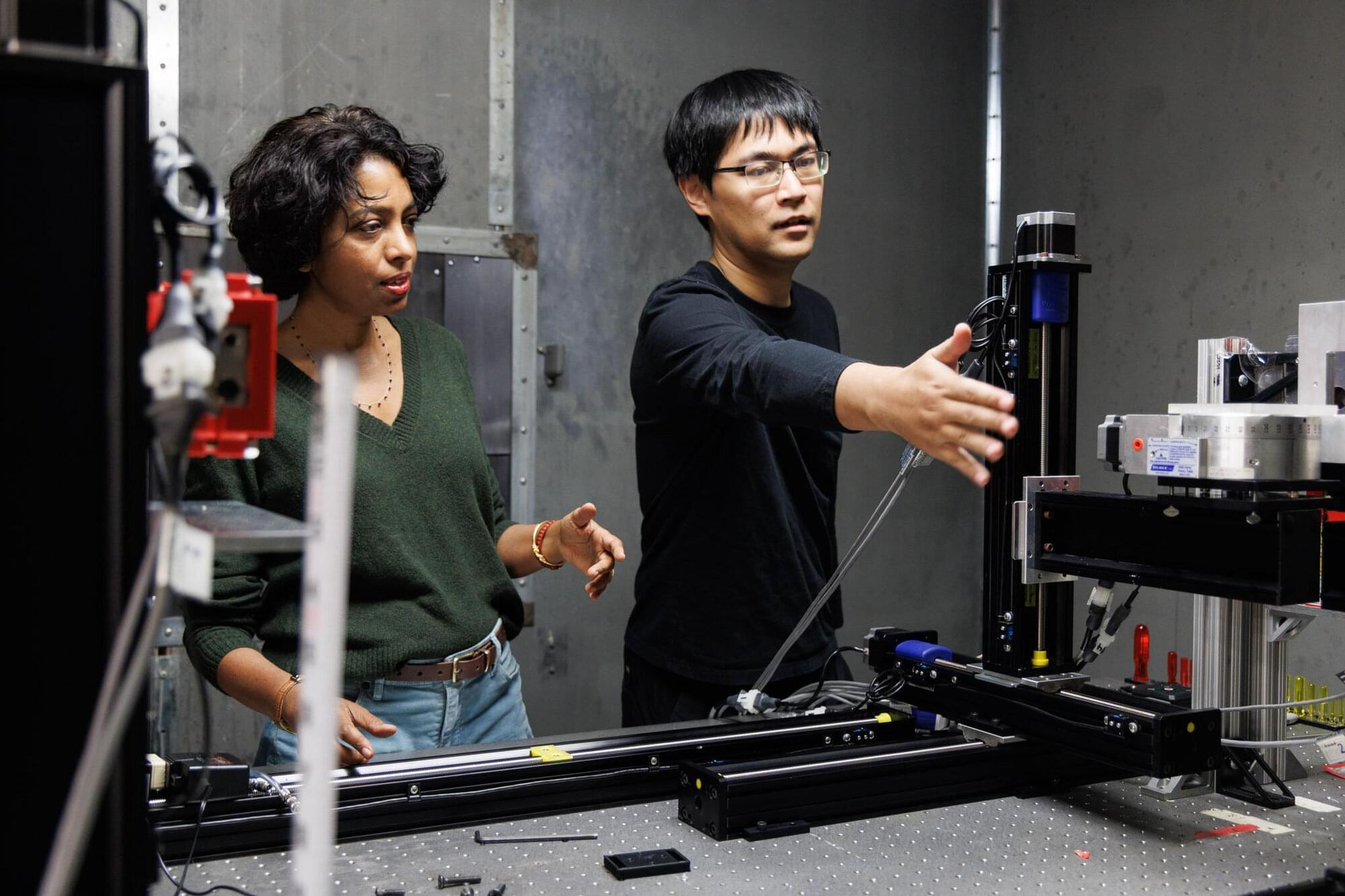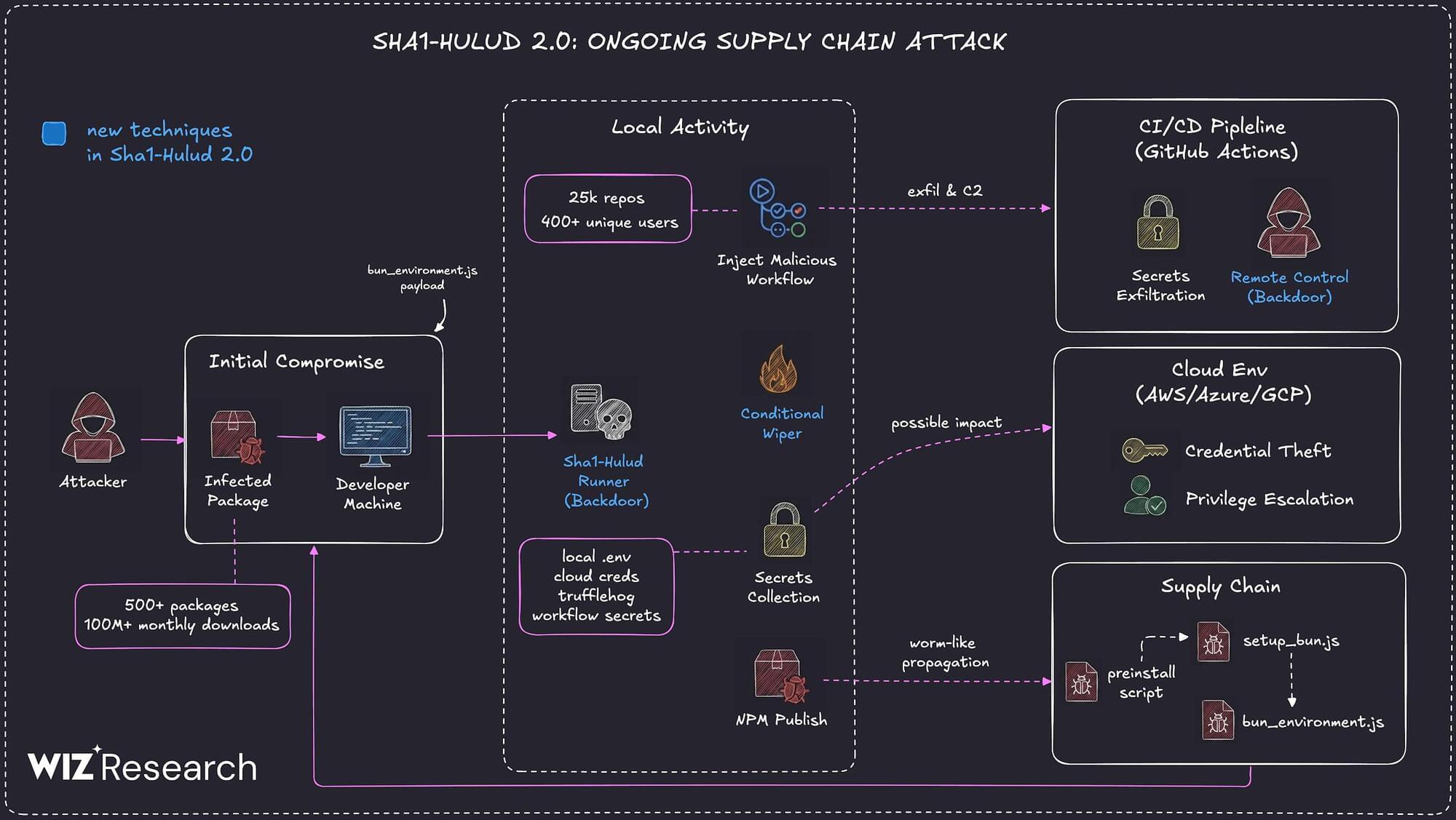Why did all eight detection tools identically fail where the SOC succeeded?
What all these organizations have in common is a balanced investment across the alert lifecycle, which doesn’t neglect their SOC.
This article examines how investing in the SOC is indispensable for organizations that have already allocated significant resources to detection tools. Additionally, a balanced SOC investment is crucial for maximizing the value of their existing detection investments.









